Table of contents of the article
ToggleNitrogen deficiency in legumes can lead to poor growth and poor crop quality. In this article on your website, WORLD OF PLANTS, we will discuss the causes of nitrogen deficiency in legumes, its symptoms, and ways to address this problem to ensure healthy growth and high productivity of legumes.
Symptoms of nitrogen deficiency
Name of the diseaseNitrogen deficiency in legumes
Scientific name: Deficiency Nitrogen
Type of disease Family of diseaseType: Non-biotic
Disease family: Physiological diseases
Symptoms first develop on older leaves and gradually move to younger leaves. In mild cases, old leaves turn pale green. If the problem is not overcome over time, yellowing spreads on the leaves along with a bright red discoloration of the veins and petioles.
As the period of element deficiency progresses, these leaves eventually turn yellowish-white (including the veins), and may curl or grow deformed. The young leaves remain pale green but grow much smaller than normal.
The plants take a thin, linear shape due to weak branching, but their length is usually normal. Plants become more susceptible to water stress, and leaf wilting is common.
Premature death of leaves may occur as they fall, leading to a significant reduction in yield. Plants recover after nitrogen fertilization within a few days.
Causes of nitrogen deficiency
Nitrogen is considered one of the nutrients most susceptible to loss by leaching from the soil, especially in areas where there is a lot of rain. It is lost very quickly in the form of nitrates due to their easy dissolution in water, as they are lost with irrigation water. As for ammonium, it absorbs onto the surface of soil particles that carry negative charges, and thus resists loss by leaching. However, over time and by the action of microorganisms, soil nitrogen is transformed from the ammonium form to the nitrate form. It is also subject to loss by leaching, and the speed of this transformation increases with high temperature, high ground humidity, and ventilation.
Suitable conditions for the spread of nitrogen deficiency
Excessive irrigation and heavy rain cause nitrogen deficiency due to over-watering. A lack of soil moisture hinders the absorption of water-soluble nutrients by plant roots.
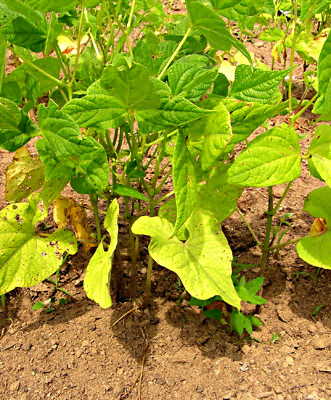
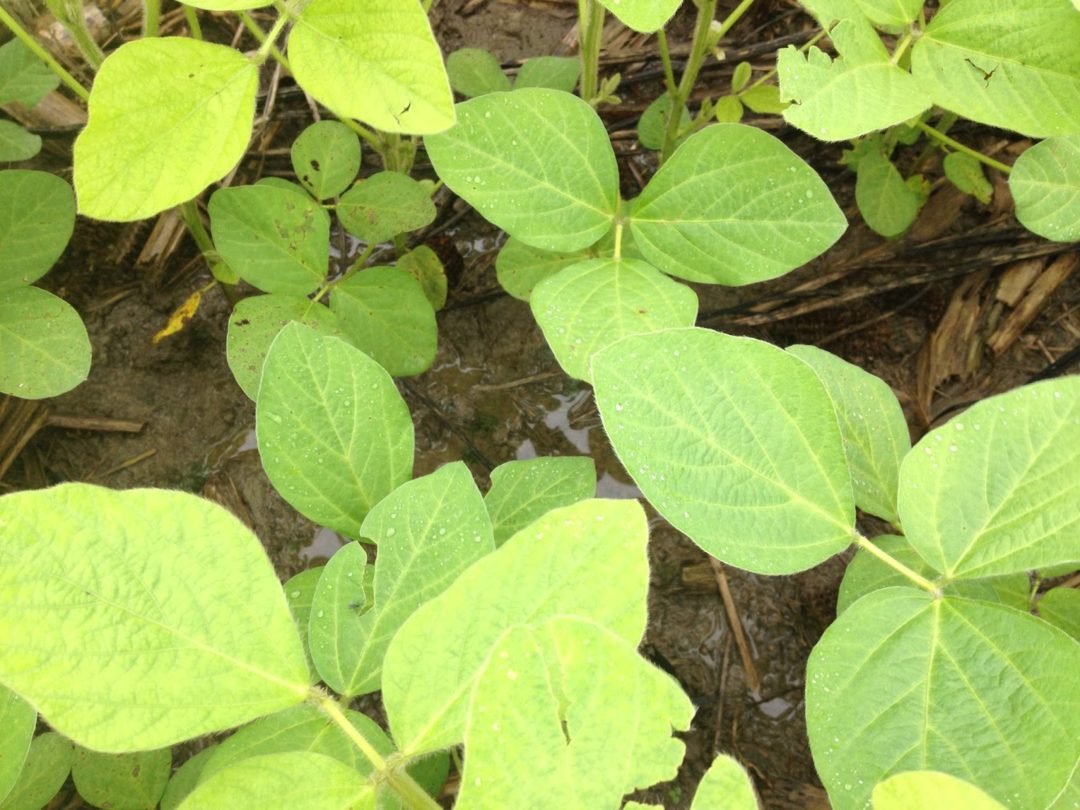
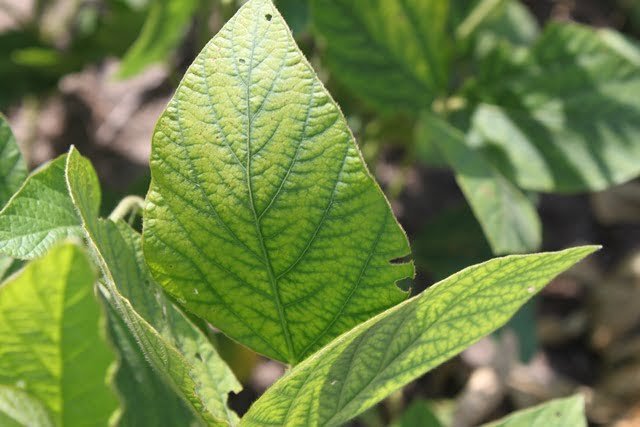
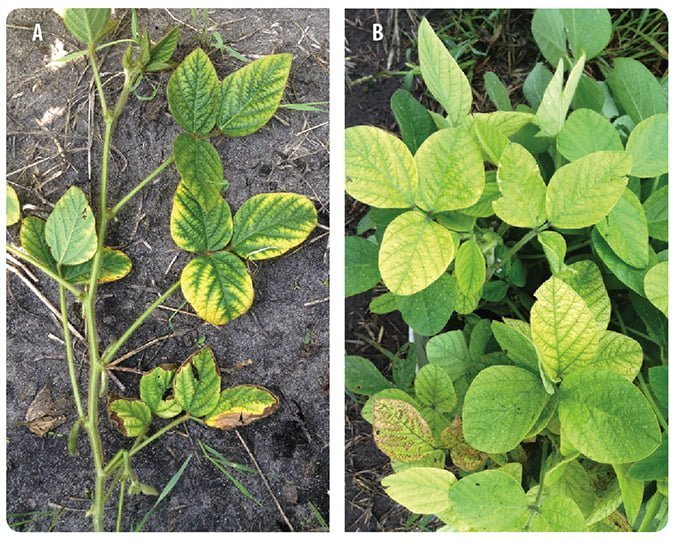
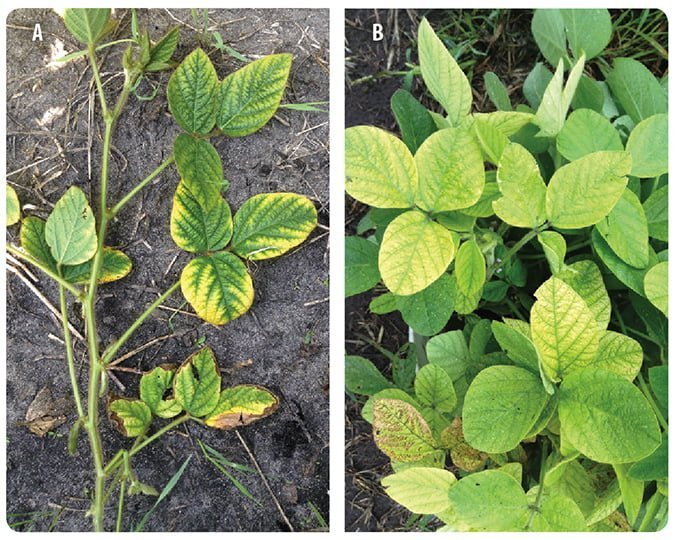
Losses from the spread of nitrogen deficiency disease in legumes
This element is considered one of the main necessary elements for plant growth, as the plant needs it in large quantities and has a major impact on increasing production of various agricultural crops. A deficiency of this element leads to a decrease in the crop and its poor quality. The amounts of nitrogen present in the soil vary depending on the quality of the soil, the nature of its composition, and the degree of its fertility, as it reaches The percentage of total nitrogen in the soil reaches 1% or more in some types of soil rich in organic matter, while it decreases a lot and is about 0.5 % or less in some types of poor, infertile soil, such as the soil of desert areas.
Strategy to combat nitrogen deficiency disease in legumes
- Chemical fertilizer
- Organic fertilizer
Fertilizer recommendations
The deficiency is treated by adding available nitrogen fertilizers, which are urea 46%, nitrogen 26%, and ammonium nitrate 30%.
Anti-membership recommendations
Fermented organic fertilizer
In conclusion, we would like to note that we, at the world of plants website, offer you all the necessary services in the world of plants, we provide all farmers and those interested in plants with three main services::-
- Artificial intelligence consulting service to help you identify diseases that affect plants and how to deal with them.
- Blog about plants, plant diseases and care of various crops ... You are currently browsing one of her articles right now.
- An application that provides agricultural consultations to clients, as well as a service for imaging diseases and knowing their treatment for free – Click to download the Android version from Google Play Store، Click to download the IOS version from the Apple App Store.
References
Symptoms of nutrient deficiency - pdf file
A guide to identifying nutrient deficiencies in the leaves and fruits of fruit trees - pdf file
Iron, zinc and manganese deficiency - pdf file




